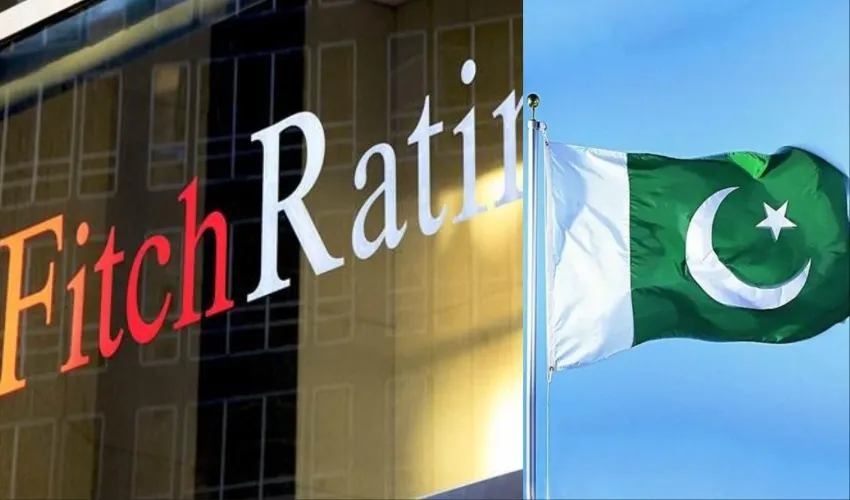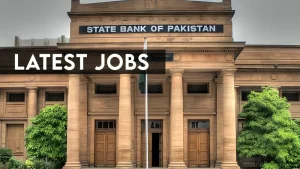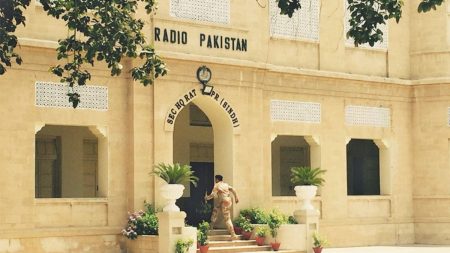HONG KONG / ISLAMABAD: Fitch Ratings has upgraded Pakistan’s Long-Term Foreign-Currency Issuer Default Rating (IDR) from ‘CCC+’ to ‘B-‘, assigning a Stable Outlook, signaling increased confidence in the country’s fiscal and external improvements.
Fiscal Consolidation and External Stabilization:
Fitch has upgraded Pakistan’s outlook, citing improved confidence in the country’s ability to maintain progress on reducing fiscal deficits and advancing structural reforms.
These developments bolster Pakistan’s performance under its IMF programme and enhance access to funding.
Continued adherence to tight economic policies is expected to aid in rebuilding international reserves and managing external financing requirements.
However, risks to implementation persist, and financing needs remain substantial.
While global trade tensions and financial market volatility could exert external pressure, these are somewhat offset by lower oil prices and Pakistan’s limited reliance on exports and market-based financing.
Rebuilding Policy Credibility:
Pakistan and the International Monetary Fund (IMF) reached a staff-level agreement in March for the first review of the country’s $7 billion Extended Fund Facility, as well as for a new $1.3 billion Resilience and Sustainability Facility, both scheduled to continue until the third quarter of 2027.
The country has shown solid performance on quantitative targets, especially regarding reserve accumulation and maintaining a primary fiscal surplus. However, tax revenue growth did not meet its indicative target.
On the structural front, provincial governments have passed legislation to increase agricultural income tax—an important benchmark under the program.
This follows the successful conclusion of a previous, shorter-term arrangement with the IMF, which ended in April 2024.
Key Reasons for the Upgrade
1. Progress on Fiscal and External Stabilization
Improved budget performance and structural reform efforts aligned with IMF conditions.
Tighter monetary and fiscal policies have helped stabilize external accounts and rebuild FX reserves.
Pakistan’s IMF programme (Extended Fund Facility + Resilience and Sustainability Facility) is progressing well, despite some revenue shortfalls.
2. Fiscal Consolidation
Budget deficit projected to fall to 6% of GDP in FY25, from nearly 7% in FY24.
Primary surplus expected to exceed 2% of GDP.
A 2% of GDP dividend from SBP in FY25 has aided fiscal performance.
3. Public Debt Dynamics
Government debt-to-GDP ratio fell to 67% in FY24, from 75% in FY23.
Fitch expects a gradual decline, although FY25 may see a temporary rise due to disinflation.
Interest/revenue ratio remains high at 59%, vs. ‘B’ median of ~13%, due to heavy domestic borrowing.
4. Economic and Monetary Stability
Inflation to average 5% in FY25, down sharply from over 20% in prior years.
GDP growth projected at 3%, supported by easing inflation and steady policy.
SBP held rates at 12% in March, after aggressive rate cuts between May 2024 and Jan 2025.
💱 External Sector & Reserves
Current Account showed a $700 million surplus in the first eight months of FY25.
Reserves reached nearly $18 billion in March 2025 (approx. 3 months of external payments).
Forecasted external deficit under 1% of GDP, manageable despite rising imports.
FX reserves backed by remittances, import moderation, and IMF-related inflows.
Read More: Fitch Ratings: Pakistan’s Credit Profile Hinges on Structural Reform Progress
📉 Risks Identified by Fitch
Political uncertainty following a weaker-than-expected mandate for the current government and lingering popularity of former PM Imran Khan.
Security concerns, especially in Balochistan and near the Afghan border.
Potential delays in IMF programme reviews or fiscal slippage.
Large external debt maturities of $8B in FY25 and $9B in FY26, excluding regular rollovers.
📊 Quantitative Indicators
| Indicator | FY24 | FY25 (Forecast) |
|---|---|---|
| Budget Deficit (% of GDP) | ~7% | 6% |
| Primary Surplus (% of GDP) | 1%+ | >2% |
| Govt. Debt (% of GDP) | 75% | 67% |
| Inflation (CPI YoY) | 20%+ | 5% |
| GDP Growth | ~2% | 3% |
| FX Reserves | $15B | $18B (Mar 2025) |
| External Debt Maturities | — | $8B (FY25), $9B (FY26) |
🟢 Positive Rating Triggers
Sustained debt reduction and structural revenue growth.
Continued external liquidity improvement and FX reserve buildup.
🔴 Negative Rating Triggers
Rising government debt or interest burden.
Deterioration in external liquidity due to poor policy execution or loss of access to funding.
🛠️ ESG & Governance Impact
Fitch assigns Pakistan a high ESG relevance score of ‘5’ on political stability, rule of law, and corruption control—key constraints on the rating.
These reflect poor governance indicators, ranked in the bottom 25% globally by the World Bank.
Also Read: Moodys Upgrades Ratings for 5 Pakistani Banks
⚖️ Sovereign Rating Methodology
Sovereign Rating Model (SRM) gave a base rating of ‘CCC+’.
Qualitative Overlay (QO) adjustment of +1 notch was applied due to improvements in macroeconomic policy credibility and inflation management.
🧾 Bottom Line
Fitch’s upgrade recognizes Pakistan’s fiscal discipline, IMF progress, and reserve recovery, but warns that political risk, high debt servicing, and large external financing needs still pose challenges. Sustaining reforms will be key to future upgrades.









